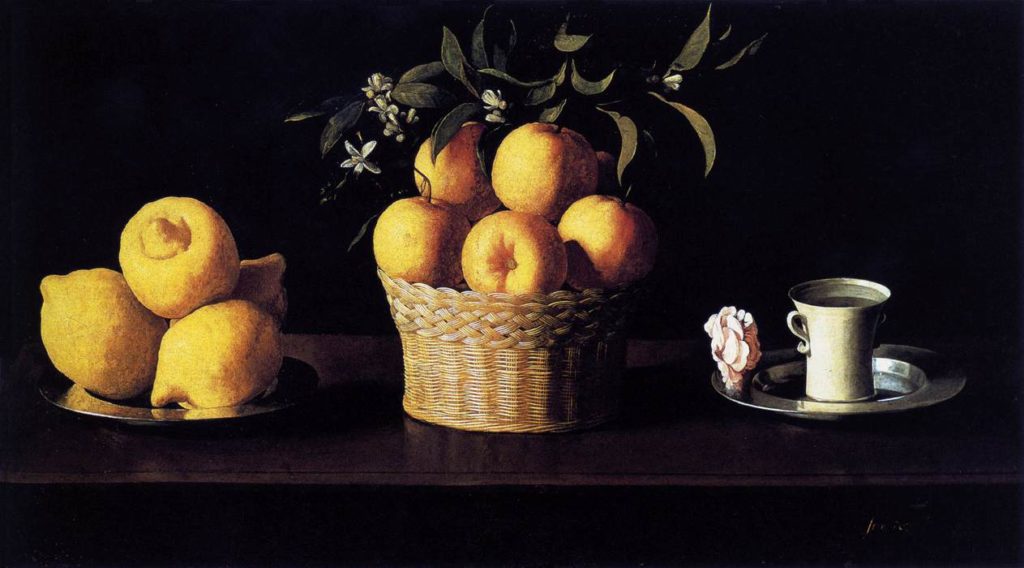Lauridsen, O Magnum Mysterium

The poignant text of O magnum mysterium has been set many times. It appeared at least as early as the 10th century as a chant in the Daily Office of Matins.
| O magnum mysterium, et admirabile sacramentum, | O great mystery, and wonderful sacrament, |
| ut animalia viderent Dominum natum, iacentem in praesepio! |
that animals should see the new-born Lord, lying in a manger! |
| Beata Virgo, cujus viscera meruerunt portare Dominum Iesum Christum. Alleluia! |
Blessed is the Virgin whose womb was worthy to bear the Lord, Jesus Christ. Alleluia! |
Countless composers have set this text to music, perhaps the most famous example being that of 16th-century Spanish composer Tomás Luis de Victoria. If you search O magnum mysterium on the internet today, however, you will likely find the abundance of references to Morten Lauridsen’s composition, written in 1994. The popularity of Lauridsen’s setting contributes significantly to his reputation as the most frequently performed American choral composer.
A professor at University of Southern California since 1967, Lauridsen does his composing from a remote island in Puget Sound that lacks all modern conveniences: phones, electricity, running water. He bought the dilapidated general store there and had a $50 piano carried to the island by barge.
That brings us to the question of the day concerning Lauridsen’s compositional process and the music that results from that process. We have two videos embedded below: one a performance and the other Lauridsen’s commentary on the work.
Now Professor Carol and I have a disagreement. It is a rather small disagreement on the way to a fundamental agreement. We want you to watch both videos, but we disagree on which you should watch first (for those of you who do not already know the work).
Here’s what Carol and I debated: Is it more rewarding to approach a given piece of music knowing what the composer was trying to accomplish and how he went about his task? Or, will the composer’s commentary be more beneficial after you have experienced the music? The answer to that question might vary with the circumstances.
Professor Carol and I fundamentally agree that details about a composer’s life do not provide the best key to understanding the music. We live in an age that tends to believe an artist’s intentions outweigh all other concerns—that music (or any art) is primarily about the composer’s self-expression. That misconception often drives people to study music primarily from the perspective of composer biographies, missing more important factors. More importantly, it leads people to misunderstand the aesthetic nature of art. We have written about this problem in the past.
Advent gives us a good opportunity to gain a better perspective. We turn to arts of all kinds in the Advent and Christmas seasons to recover joyful memories and to inspire our hope for joys to come. The arts help us to reflect on God’s grace and mercy, filling our senses, deepening our experiences, and offering us a glimpse of the Divine. None of that could be true if art did not transcend its human author in some fundamental way.
Artists of all stripes have left us a treasury of profound beauty. Keep that in mind as you listen to Lauridsen explain his conception of this work, his goals, and his role as a craftsman in shaping the music. Refreshingly, nothing he says suggests that the music is about him. Quite the contrary, he turns his gaze outward. He wrestles with the problems of content, design, and construction that face any creative artist. And hopefully you will find his commentary illuminating, not just concerning this work but about the whole compositional process.
So with that in mind, we invite you to view these two videos in either order, and to enjoy both of them.
*The second video has been updated.



